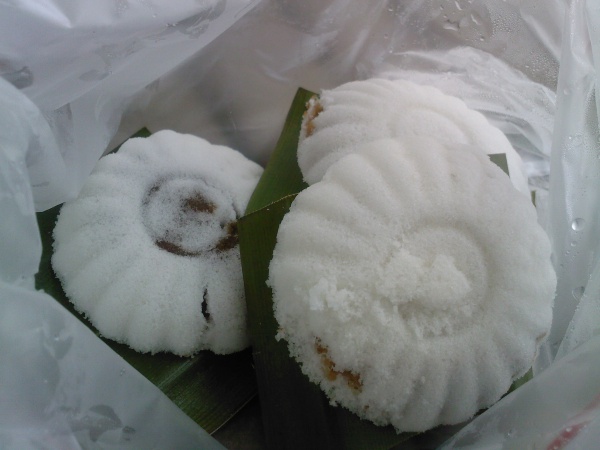Facts About Kue putu mangkok
Kue putu mangkok, kueh tutu, kue putu ayu, and putu piring are cherished traditional steamed snacks made from rice flour and filled with palm sugar. These delectable treats are popular in Indonesia, Singapore, Malaysia, and Southern Thailand. Though they come in various shapes and sizes, they all share a common heritage and delicious taste.
Kue putu mangkok and kueh tutu, popular in Indonesia and Singapore respectively, are typically thicker and more rounded. In contrast, putu piring, which is prevalent in Malaysia and Southern Thailand, is flatter and resembles a disc. These snacks are akin to the cylindrical kue putu or putu bambu, which are steamed in bamboo tubes. There is also a Burmese variation called mont baung, which is larger and stuffed with jaggery or red beans, and garnished with coconut shavings.
To make kue putu mangkok, you will need finely milled rice flour or glutinous rice flour, ground peanuts or brown palm sugar for the filling, and shredded coconut. The preparation process is quite simple: the flour and filling are quickly steamed, and the snack is traditionally served on pandan leaves to enhance its flavor and aroma.
In the 1980s, Singapore experienced a surge in the popularity of kueh tutu, aided by the introduction of special steam carts and stainless steel molds. This innovation simplified the production process, resulting in the widespread availability of these delightful snacks in supermarkets across the city-state.

 Malaysia
Malaysia